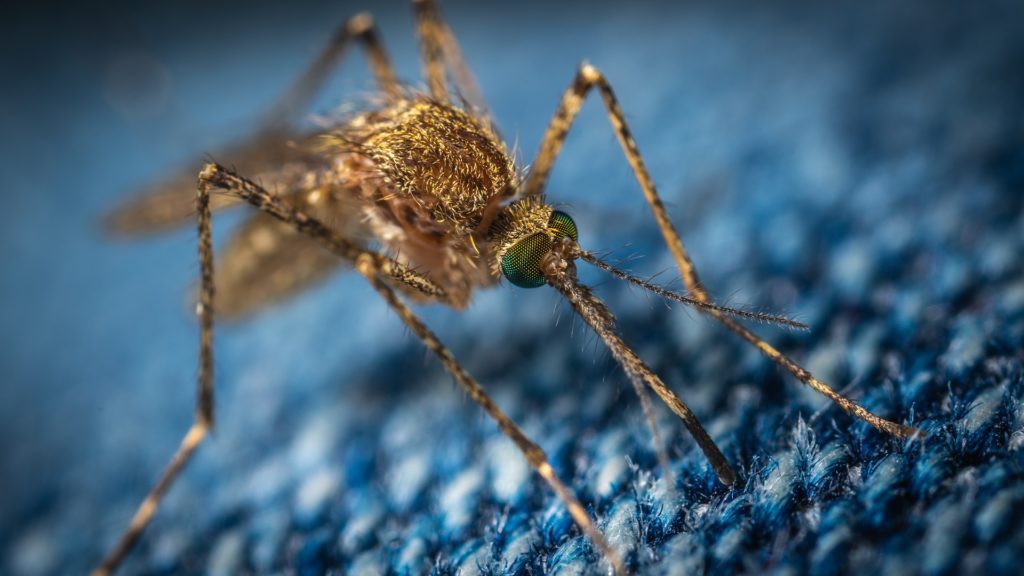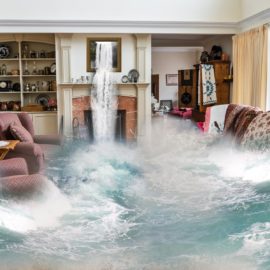
Hurricane Ida left a lot of standing water and that is the breeding ground for mosquitos.
Hurricane Ida was a disaster for many of the 50 mosquito species that live in St. Tammany Parish, with high winds killing some and others getting flushed out of ditches and areas where they breed. But woodland mosquitoes are seeing a population explosion. The standing water left behind by the storm is the perfect nursery for two species, which are up 300 percent from what’s normal this time of year, according to the St. Tammany Parish Mosquito Abatement District. Director Kevin Caillouet said the species that are in overdrive tend to bite during the day, causing an additional bit of post-storm misery for people who cleaning up after Ida. Heavily wooded areas and those along rivers and streams are most affected, the district said. The public agency began aerial spraying Thursday night with its own plane and has contracted a second plane and a helicopter, Caillouet said. The district is also ground spraying in areas showing a surge of mosquitoes. New Orleans said it, too, has been conducting aerial and ground treatments. City Hall anticipated increases in mosquito populations because of Hurricane Ida’s heavy rain and high tides, which creates breeding areas.
nola.com
In New Orleans the threat was amplified with the loss of power that drives fountains and other ways that the water is kept moving.
Floodwater and high tides in marshes can lead to high numbers of what officials call nuisance mosquitoes. But loss of power that helps circulate water fountains and swimming pools, as well as rain-filled containers near buildings, can increase populations of a more worrisome species, the southern house mosquito, which is the primary carrier of West Nile virus. Mosquito control officials on both sides of Lake Pontchartrain encouraged people to turn over outside items that can hold water to prevent southern house mosquitoes from proliferating. St. Tammany was also urging residents to clean gutters and check their septic systems, because southern house mosquitoes are attracted to sewage. St. Tammany is also treating holes left by upturned trees, another source of standing water, and said residents may call the district at (985) 643-5050 for help if they have root ball holes in their yard.
Tight doors and screens will be needed to keep the mosquitos out of houses.
The mosquitoes causing the most issues on the north shore are not primary disease carriers, Caillouet said, and overall this year has been a light one for the West Nile virus. However, some mosquitoes were found carrying West Nile and eastern equine encephalitis in the weeks before Ida, and the district is advising people to protect themselves with repellent when outdoors, especially in the hour before and after sunrise and sunset. New Orleans was offering similar advice and urging people to use air conditioning and check window and door screens to ensure they don’t have holes that allow mosquitoes inside. In St. Tammany, residents who don’t yet have power may check the treatment schedule or sign up for an automated notice of spraying so they can close their windows when trucks or planes are coming.
Hurricane Ida, then no power and now mosquitos. What a trilogy!



